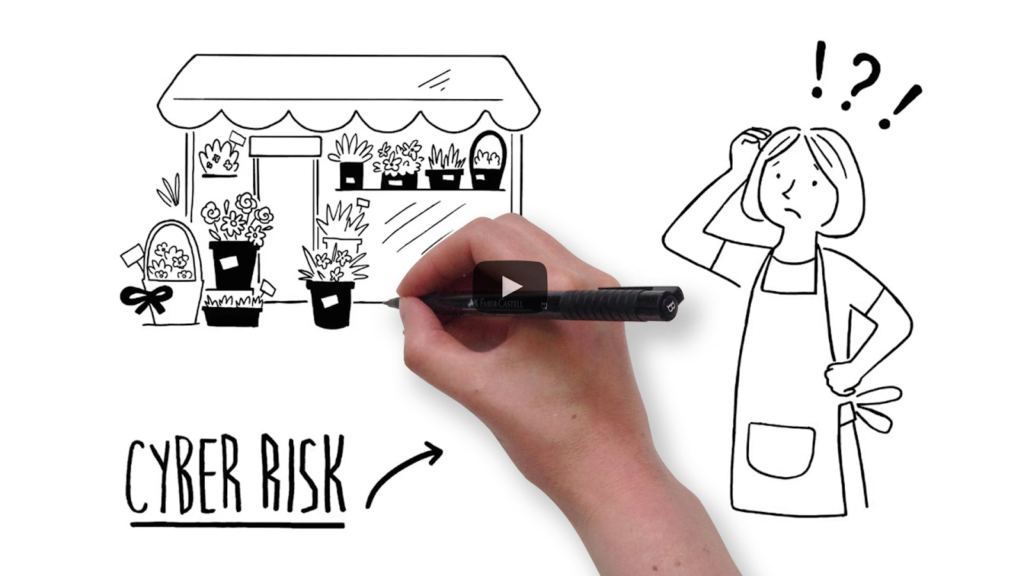Written by VP Legacies and Andrea Maliska
When most people think of eLearning, they think of stale, unengaging content. They think of the slide decks or the PDF downloads that they can access. These tools can prove to put the reader to sleep, preventing them from learning anything. eLearning lacks in human interaction, and while it’s highly desirable to have easy-to-access content accessible 24/7, we have lost what makes education the most effective: human connection and emotion.
To add back this human element in your eLearning education, mix your traditional content with video. Throw out heavy, wordy files and replace them with instructors and influencers.
Here are a few tips to seamlessly implement this into your eLearning curriculum.
Are you looking to implement e-learning? VP Legacies can help.
Include a video with your lecture
If you are learning online, especially with school, chances are you have little interaction with fellow classmates and instructors. As a student, you only see the slide deck that the professor uploads to your class management system with little context. From the students’ perspective, this becomes frustrating when you have to self-teach yourself challenging concepts. You have no idea how to perform calculations or understand the context of the lecture because you only have some slides and maybe some supplemental notes.
Instructors can go one step further and create a recording of themselves going through that week’s lecture. Not only will students get more context as to what the lecture concept is, but students can also come face-to-face with their instructors. This effectively builds a relationship between students and instructors even when they are not in the same room. As a student, you get a sense of being in front of the professor even though you are in your own home.
Related: 5 Ways to Successfully Implement Video-Based Learning at Work
Conduct discussions over video conferencing

Another way to incorporate video into your eLearning curriculum is to have students conduct their discussion groups over video conferencing. Instructors can assign their students a group that they work with throughout the course of the semester and then the students set a designated time during the week to meet. One student each week can run the discussion and take notes, turning them in as a proof of discussion.
For the students, especially in an online class, this gives them an opportunity to interact with each other face-to-face as opposed to just contributing to a weekly discussion board. They can engage in a conversation and express their opinions, conveying tone, and body language. This regular communication with a group builds a relationship over the course of the semester, something they wouldn’t otherwise have. Additionally, they can partake in higher-level discussion methods such as the Socrates Method something that can’t work online.
Related: Build Story-based eLearning Content to Engage Your Learners
Submit video essays
Assignments in an online course often are written, which don’t incorporate very much use of multimedia elements. Instructors can break the cycle by asking students to submit a video essay on a topic during the semester. This can be one assignment or a final project accompanied by a written document or slide deck. To provide further engagement, instructors can ask the students to critique each of their peer’s videos, as if they were doing it in real-time.
This gives the students an opportunity to engage with each other while also giving students to speak on behalf of their topics. It can level the playing field in terms of abilities; a student may feel more comfortable speaking than writing. Video essays along with other multimedia content are a great way to cater to adaptive learning in order to meet the testing and learning levels of various students. It’s not only super engaging, it gives students the public speaking skills they need outside of school.
“Whiteboard” topics

A very common form of educational video is a “whiteboard”, where a concept is drawn out for the viewer. These videos are only a few minutes long, which is all is needed to communicate a topic. Take something like measuring customer lifetime value. Take that concept and turn it into a whiteboard video to show what it is, how to calculate it, and when to use it. These videos are usually voiced over and very animated with drawings, which make them engaging to the viewer.
One major benefit of this type of content is that there is a heavy storytelling element to them. Viewers become engaged because they follow the journey of the drawings and want to know how it’s going to end. Whiteboard videos tell a short story from beginning to end, all while educating the viewer. If you have more technical concepts that you are teaching on, consider producing a whiteboard video and adding it to your content lineup.
eLearning has grown to be more than just static PDFs, slide decks, and discussion boards. Now, in order for students to learn effectively, they need rich multimedia content that is engaging. Take a look at your content to see what video elements you can infuse to foster human connection and emotion.
Looking to understand how to create more engaging eLearning content? We can help.

